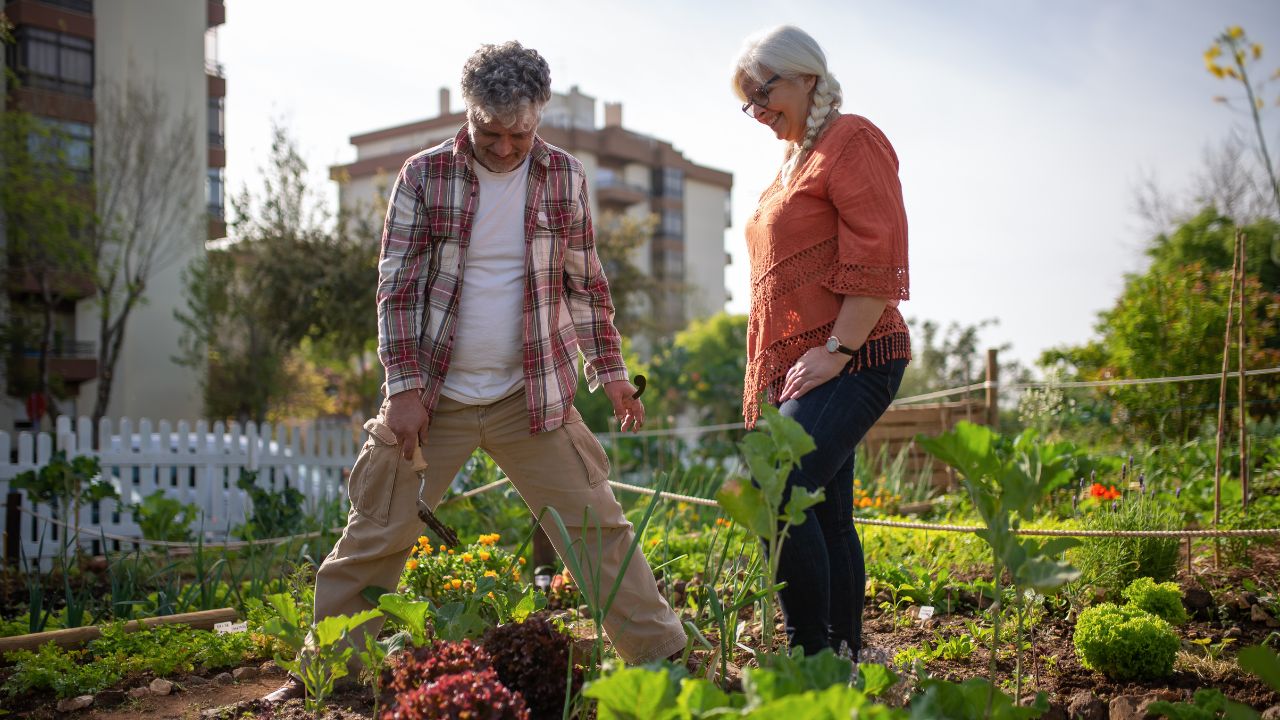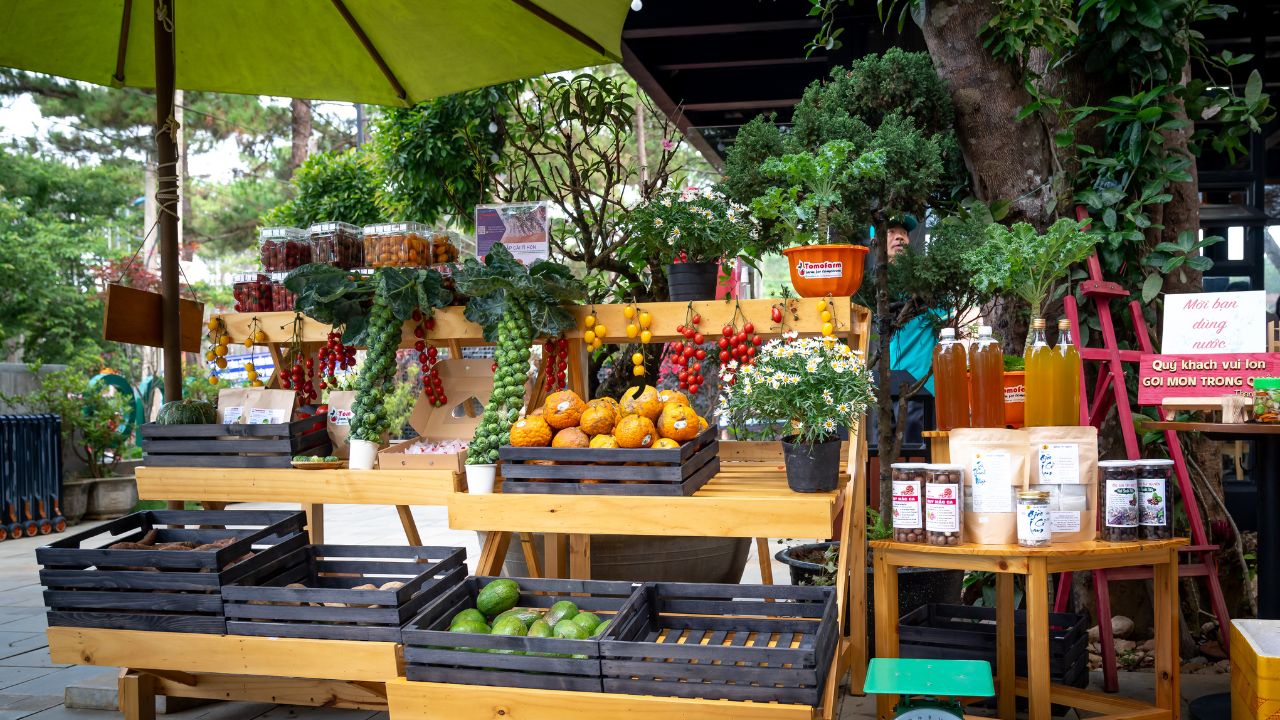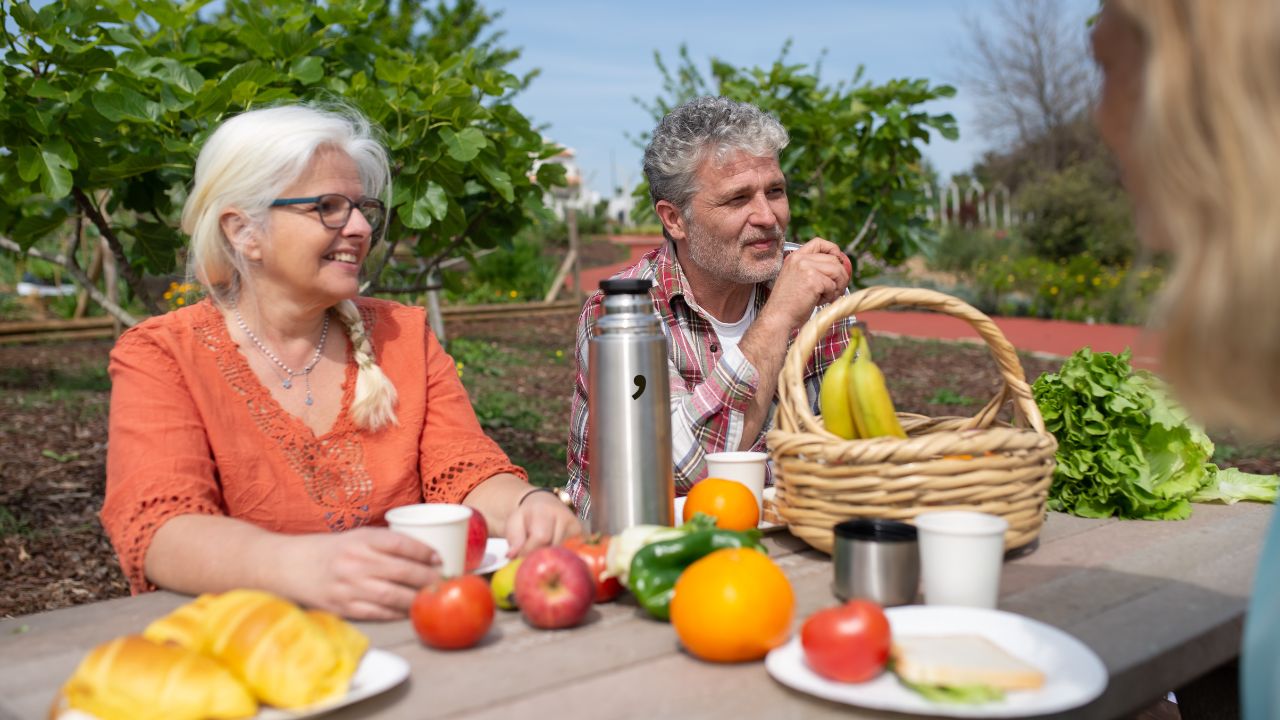The success of your vegetable garden starts with healthy soil. Preparing the soil properly ensures that your vegetables get the nutrients, moisture, and oxygen they need to thrive. This guide will walk you through the steps necessary to prepare your soil for planting vegetables and help you grow a productive and healthy garden.
1. Test the Soil
Overview: Before preparing your soil, it’s important to understand its current condition. A soil test provides valuable information about the soil’s pH level, nutrient content, and organic matter.
Why It Matters: Different vegetables have specific soil requirements, and knowing the pH and nutrient levels will help you make necessary adjustments. For example, most vegetables prefer a slightly acidic soil with a pH of 6.0 to 7.0.
How to Test the Soil:
- Purchase a DIY soil test kit from a garden store or send a sample to a local extension office for analysis.
- Check for pH levels, nutrient content (nitrogen, phosphorus, potassium), and organic matter.
- Based on the test results, you can adjust your soil with the right amendments (more on this later).
2. Remove Weeds and Debris
Overview: Clear the garden area of any weeds, rocks, or debris that may compete with your vegetables for nutrients and space.
Why It Matters: Weeds can quickly take over a garden, depriving your vegetables of essential nutrients and water. Removing debris and rocks ensures that your plants have unobstructed access to the soil.
Steps to Remove Weeds and Debris:
- Pull weeds by hand or use a garden hoe to remove them from the roots.
- Rake the soil to remove rocks, sticks, and other debris.
- Avoid tilling the soil too much, as this can bring weed seeds to the surface.
3. Loosen the Soil
Overview: Loosening the soil improves its structure and allows plant roots to penetrate more easily. It also enhances soil aeration, allowing oxygen to reach the roots.
Why It Matters: Compacted soil restricts root growth and can lead to poor drainage, which negatively affects your plants. Loosening the soil helps create a welcoming environment for vegetable roots to grow deep and strong.
How to Loosen the Soil:
- Use a garden fork or spade to turn the soil to a depth of at least 8 to 12 inches.
- Break up large clumps of soil, but avoid over-tilling, which can destroy soil structure.
- If your soil is particularly compacted, consider using a tiller for larger garden spaces.
4. Add Organic Matter
Overview: Organic matter, such as compost, aged manure, or leaf mold, is essential for enriching the soil with nutrients and improving its texture.
Why It Matters: Adding organic matter helps the soil retain moisture, improves drainage, and supplies essential nutrients that vegetables need for healthy growth.
How to Add Organic Matter:
- Spread 2 to 4 inches of compost or well-rotted manure over the soil surface.
- Gently work it into the top 6 to 8 inches of soil using a garden fork or spade.
- Organic matter breaks down over time, so it’s a good idea to add compost annually to maintain soil fertility.
5. Amend the Soil Based on Test Results
Overview: Based on the results of your soil test, you may need to amend the soil to adjust pH levels or add missing nutrients. Common amendments include lime (to raise pH), sulfur (to lower pH), and fertilizers (to add nutrients).
Why It Matters: Vegetables grow best in nutrient-rich soil with the correct pH. If your soil lacks the proper balance, your plants may struggle to absorb essential nutrients, leading to stunted growth and poor yields.
Amending the Soil:
- To raise pH: Add lime (agricultural lime or dolomitic lime) to the soil if the pH is too low (acidic).
- To lower pH: Add elemental sulfur or peat moss if the pH is too high (alkaline).
- To add nutrients: Incorporate organic fertilizers such as bone meal, blood meal, or fish emulsion based on the nutrient deficiencies identified in the soil test.
6. Improve Soil Drainage if Needed
Overview: Vegetables need well-draining soil to prevent water from pooling around their roots, which can lead to root rot. If your soil tends to hold water, you may need to improve its drainage.
Why It Matters: Proper drainage ensures that your vegetables receive the right amount of water without becoming waterlogged. Poor drainage can lead to diseases, weak plants, and reduced yields.
How to Improve Soil Drainage:
- Mix coarse sand or fine gravel into clay-heavy soil to improve drainage.
- Create raised beds if your garden area is prone to waterlogging. Raised beds allow excess water to drain away from plant roots.
- Mulching with organic materials (such as straw or shredded leaves) can also help regulate moisture levels.
7. Fertilize the Soil
Overview: Fertilizing the soil provides your vegetables with the essential nutrients they need to grow strong and produce abundant harvests. Vegetables generally require higher levels of nitrogen, phosphorus, and potassium.
Why It Matters: While organic matter enriches the soil over time, fertilization gives your vegetables a nutrient boost during the growing season. Balanced fertilizers ensure that your plants have the necessary resources for healthy growth.
How to Fertilize:
- Use an organic fertilizer (such as compost tea or fish emulsion) or a balanced vegetable fertilizer (like a 10-10-10 blend) before planting.
- Follow the manufacturer’s recommendations for application rates and frequency.
- Work the fertilizer into the top layer of soil or use a foliar spray, depending on the type of fertilizer.
8. Mulch the Soil
Overview: Mulching is the process of covering the soil with organic or inorganic materials to regulate temperature, conserve moisture, and suppress weeds.
Why It Matters: Mulching keeps the soil warm, retains moisture, and prevents weed growth—all of which contribute to a healthy and productive vegetable garden.
How to Mulch:
- After planting, spread a 2 to 3-inch layer of organic mulch (such as straw, wood chips, or shredded leaves) over the soil.
- Make sure to leave a small gap around the base of your plants to prevent rot.
- As the mulch decomposes, it will also add nutrients to the soil.
9. Let the Soil Rest
Overview: After preparing the soil, it’s a good idea to let it rest for a week or two before planting. This allows any added amendments, such as compost or fertilizers, to integrate fully into the soil.
Why It Matters: Letting the soil rest ensures that the nutrients are evenly distributed and gives time for organic matter to start breaking down, creating a nutrient-rich environment for your vegetables.
Steps to Let the Soil Rest:
- Water the soil lightly during this resting period to help integrate amendments.
- Cover the soil with a tarp or mulch to prevent weed growth while it rests.
Conclusion
Properly preparing your soil is the foundation of a successful vegetable garden. By testing the soil, adding organic matter, adjusting pH, and improving drainage, you’ll create an environment where your vegetables can thrive. Following these steps will give your plants the best possible start and ensure a productive growing season.
FAQ
1. How deep should I prepare the soil for vegetable planting?
Prepare the soil to a depth of 8 to 12 inches to allow vegetable roots to grow deeply and access nutrients.
2. Can I use store-bought topsoil in my garden?
Yes, you can use store-bought topsoil to improve your garden soil, but be sure to mix it with compost or organic matter for better results.
3. How often should I test my soil?
It’s a good idea to test your soil every 2 to 3 years or before planting a new crop, especially if you’ve noticed issues with plant growth.
4. What should I do if my soil has poor drainage?
You can improve drainage by adding sand or gravel, creating raised beds, or using well-draining soil mixes.
5. Can I skip mulching if I water my plants regularly?
Mulching has additional benefits beyond moisture retention, such as weed suppression and temperature regulation, so it’s recommended even if you water frequently.


